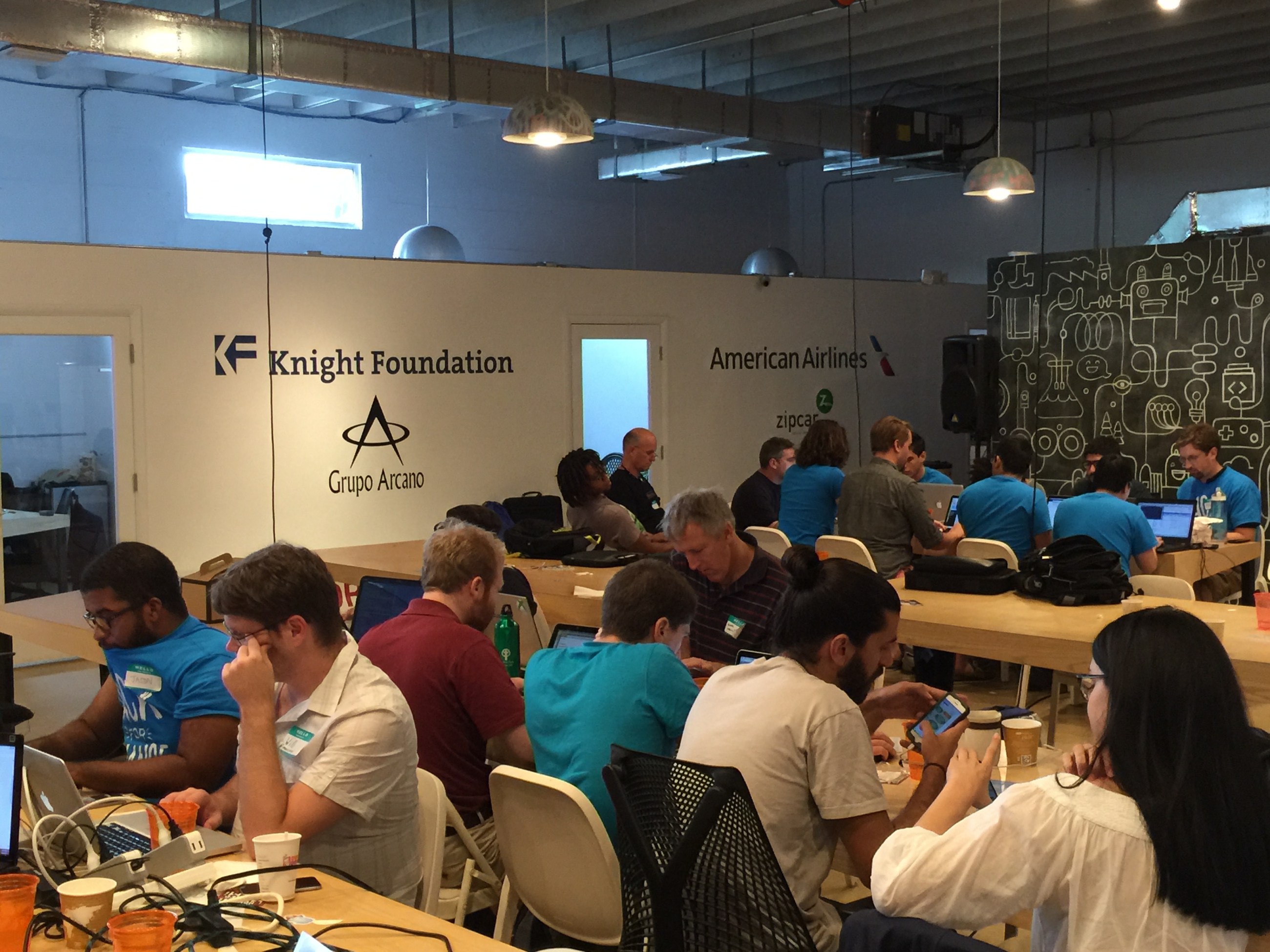
Feature on Knight traces foundation’s evolution from journalism to its role in innovation today
Photo credit: Michael D. Bolden
The following article – which provides an overview of Knight Foundation’s history and its strategic grantmaking and details many of its existing grantees and partners – is an excerpt from Private Wealth magazine. The article “Beyond the Fourth Estate” can be read in its entirely online for free.
“I think in order to understand what we do and how we do it you have to go back to the beginning. You have to go back to the intent of the donors. We are first and foremost a private foundation that was started with a small handful of dollars from [Knight Newspapers], but primarily all of our wealth comes from Clara Knight, Jack Knight and Jim Knight. In fact, the company, Knight Ridder Inc., never put in a dime. It was all private wealth. …They ran it, obviously, in the cities and towns where they ran newspapers for decades.”
—Alberto Ibargüen, president and CEO of the Knight Foundation
Knight Ridder is perhaps best known for its stock and trade in newspapers. It was once the largest newspaper publisher in the U.S., with properties from coast to coast, including such prestigious publications as the San Jose Mercury News, the Miami Herald and the Detroit Free Press.
The Knight Foundation, a $2.4 billion non-profit institution in Miami, has offered prized journalism fellowship programs, university chairs and grants for 65 years.
But now the foundation is moving beyond the Fourth Estate to the fundamental purpose of journalism itself: community engagement.
“We seek to bestir the people into an awareness of their own condition, provide inspiration for their thoughts and rouse them to pursue their true interests,” said John S. Knight in April 1969.
The Knight Foundation has retained its mission to inform and engage people and communities—but with a twist that reflects the changing times.
Good Disruptions
Tables lined with itchy fingers and eager minds at work in an open-spaced office cooperative. Meetings and whiteboards in windowed conference rooms rented by the hour. The rat, tat, tat of keystrokes on laptop computers. One-on-one discussions at community tables by guys sporting beards and zany shirts and women dressed in all black: potential investors, potential sales, potential revenue, potential markets. Art. Coffee. Social media. Social entrepreneurship. The subject matters roll as easily off people’s tongues as they roll together in a cool if not hipster-like fashion that embroils the zeitgeist of the nextgen—polymathic excitability and exuberance for disruption. The good kind of disruption. The kind that often ignites positive social change.
The remainder of “Beyond the Fourth Estate” can be read here.
Elizabeth Miller Tilis is a digital communications consultant based in Kansas City, Mo. Email her at [email protected].
Recent Content
-
Artsarticle ·
-
Artsarticle ·
-
Artsarticle ·

